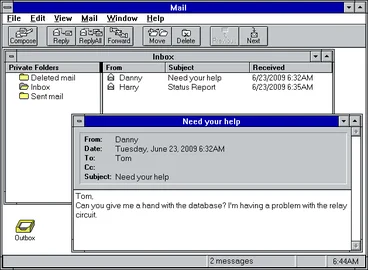

The History of Disposable Emails: From Spam Prevention to Online Privacy
The internet has transformed the way we communicate, connect, and sign up for online services. But along with the convenience came a problem that almost every internet user knows too well—spam. In the early days of the web, people freely shared their email addresses, only to find their inboxes overflowing with unwanted messages. This led to the birth of disposable email addresses—a simple yet effective solution that has grown into an essential tool for online privacy.
Early Beginnings: Fighting Spam
Back in the late 1990s and early 2000s, spam emails were a major nuisance. Companies and websites often collected user emails without consent, selling them to marketers or bombarding users with newsletters. Developers and privacy advocates began experimenting with “throwaway” email systems—temporary addresses that users could abandon after a single use. The idea was straightforward: give out a disposable email instead of your personal one, and avoid the spam that follows.
Rise of Temp Mail Services
As the internet grew, so did the demand for safer ways to manage online accounts. Services like Mailinator and other early temp mail providers made it easy for anyone to instantly generate a random email address. These inboxes existed only for a short time, usually a few minutes to hours, before being automatically deleted. The appeal was immediate—users could sign up for websites, receive confirmation emails, and walk away without a trail.
From Spam Prevention to Privacy Protection
Over time, disposable emails became more than just a spam shield. With increasing concerns about data privacy, identity theft, and online security, people realized the value of not tying every action to their permanent email address. Temporary emails provided a layer of anonymity, allowing users to explore services, join communities, or test platforms without giving away personal information.
Modern Uses of Disposable Emails
Today, disposable emails are widely used not only for spam prevention but also for:
Protecting personal information from data breaches.
Signing up for free trials without long-term commitment.
Keeping work and personal communication separate.
Maintaining anonymity when testing apps or websites.
The Future of Disposable Emails
With stricter privacy laws like GDPR and rising awareness of digital security, disposable emails continue to play a role in online safety. They represent the ongoing demand for balance between convenience and privacy in the digital age.
From humble beginnings as a spam-fighting tool, disposable emails have evolved into a symbol of digital independence, empowering users to take control of their online identity.

